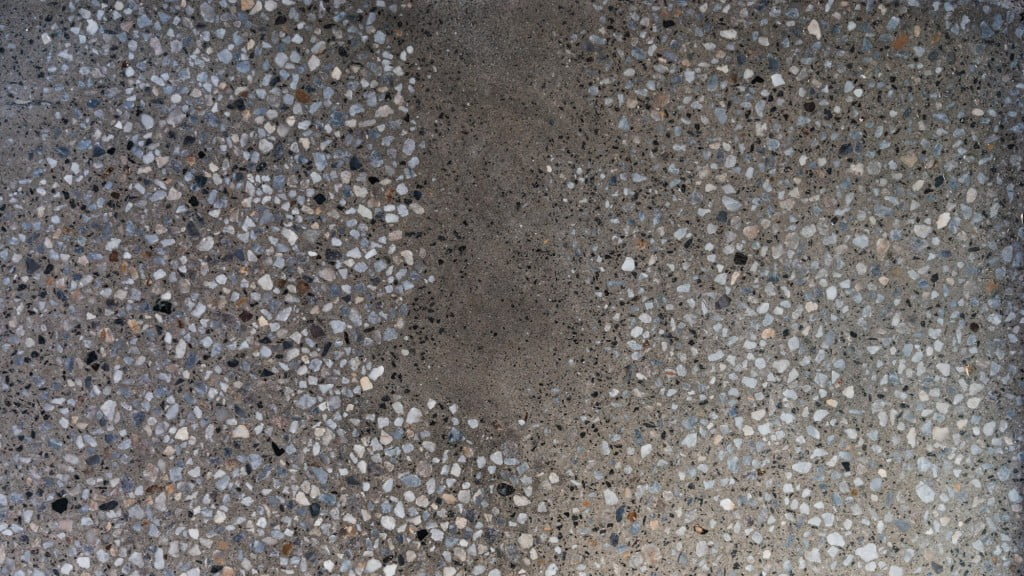Avoid these 8 Mistakes in Your Concrete Polishing Project
Concrete polishing is a popular choice for flooring due to its durability, simple maintenance, and aesthetic appeal. However, like any construction or renovation project, concrete polishing requires careful planning and execution to achieve the desired results. Here are some common mistakes to avoid in your concrete polishing Newcastle project:
1. Insufficient Surface Preparation:
While the concrete grinding and polishing process produces the final finish on the floor, it is only one of the many steps throughout the project timeline that leads to the end product. Consideration must be given to all preceding factors, including – the concrete colour and stone in the mix, the concrete laying procedures, finished heights of adjacent floor finishes and the timing of the concrete grinding and polishing within the build timeline. Making sure these factors are addressed at the correct times helps provide a smooth process for all involved.
2. Skipping the Test Patch When Dealing with Existing Concrete Slabs:
Every concrete slab is unique, , and the polishing process will yield different results on different surfaces. Skipping the test grind patch to assess things such as the concrete’s hardness, porosity, reaction to polishing and the visual appearance itself can lead to unpleasant and sometimes costly surprises. Performing a small test in an inconspicuous area will help address any concerns at the earliest stage possible, and provide insight into determining the right approach for the main project.
3. Under or Over Grinding The Surface:
The depth of grinding in the initial stages will determine the amount of the stone that is visible throughout the floor in the finished product. From a heavy stone exposure finish (approx. 4-8mm of concrete removal from the surface), right through to a nil stone exposure finish (approx. 0-1mm of concrete removal from the surface), the grinding stage of the polished concrete process is where these aspects are created.
Knowing the grinding depths required to both reveal the desired amount of stone in the floor, and also flatten the floor to within tolerance to be able to polish, is a critical part in setting the process up for a successful outcome.
4. Overlooking Moisture Issues:
Moisture-related problems can be detrimental to a concrete polishing project. Excess moisture in the concrete can lead to efflorescence, discoloration, and even the failure of the polishing materials. If moisture is an apparent concern in your project, performing a moisture test before starting the project will help address any issues accordingly. Moisture mitigation systems may be necessary prior to starting your polished concrete project.
5. Using the Wrong Sealer:
Using the right sealer is crucial for protecting the polished concrete in Newcastle and enhancing its longevity. Using the wrong sealer or applying it incorrectly can result in a compromised finish.
Mechanically polished concrete is achieved by processing and refining the concrete surface with diamond tooling to produce the finish, and utilises an impregnating sealer to saturate and protect the pores withing the concrete. Applying a topical or film-forming sealer is not part of this process, and will not deliver the same results. While topical sealers or coatings are required in certain applications, it is important to understand the differences in these sealing products, and which one is the best choice for your project.
6. Ignoring Safety Precautions:
Concrete polishing involves the use of heavy machinery and abrasive materials, making safety a top priority. Neglecting safety precautions can lead to accidents and injuries. By ensuring that operators are trained to use the equipment properly, have adequate personal protective equipment, and follow all safety guidelines throughout the project, you can be sure to have a safe and efficient journey on the way to your dream floor.
7. Rushing or Skipping Steps Within the Polishing Process:
Patience, and a thorough understanding of the process is key when it comes to concrete polishing. Polished concrete is a very methodical procedure, and rushing through the process, will result in an uneven finish and may necessitate redoing the entire project to produce a consistent finish. Adequate time must be taken to read the floor and acknowledge how it is reacting to each step, with any issues needing to be recognised and addressed as they arise, to ensure the desired outcome of colour, sheen, and flatness is achieved.
8. Mismanaging Expectations and Poor Communication:
Effective communication with customers is vital for a successful concrete polishing project. Misunderstandings about expectations, timelines, or potential issues can lead to dissatisfaction and critical down time.
Bradshaw Concrete Designs puts customer communication at the heart of each project we take on. Whilst the concrete grinding works are a highly specialised set of steps as are covered in the points above, working passionately with the customer through every step of the way is where we truly specialise.
Right from the initial contact when you first reach out to us, we immediately spring into action, gathering specific details to ensure we are the correct match for your project. This is then followed up by complete and open communication to make sure you are informed and comfortable throughout the entire extent of the project.
Avoiding these common 8 mistakes can contribute significantly to the success of your concrete polishing project. Thorough planning, and open open, honest communication will help you achieve a polished concrete Newcastle floor that not only meets, but exceeds your expectations!
